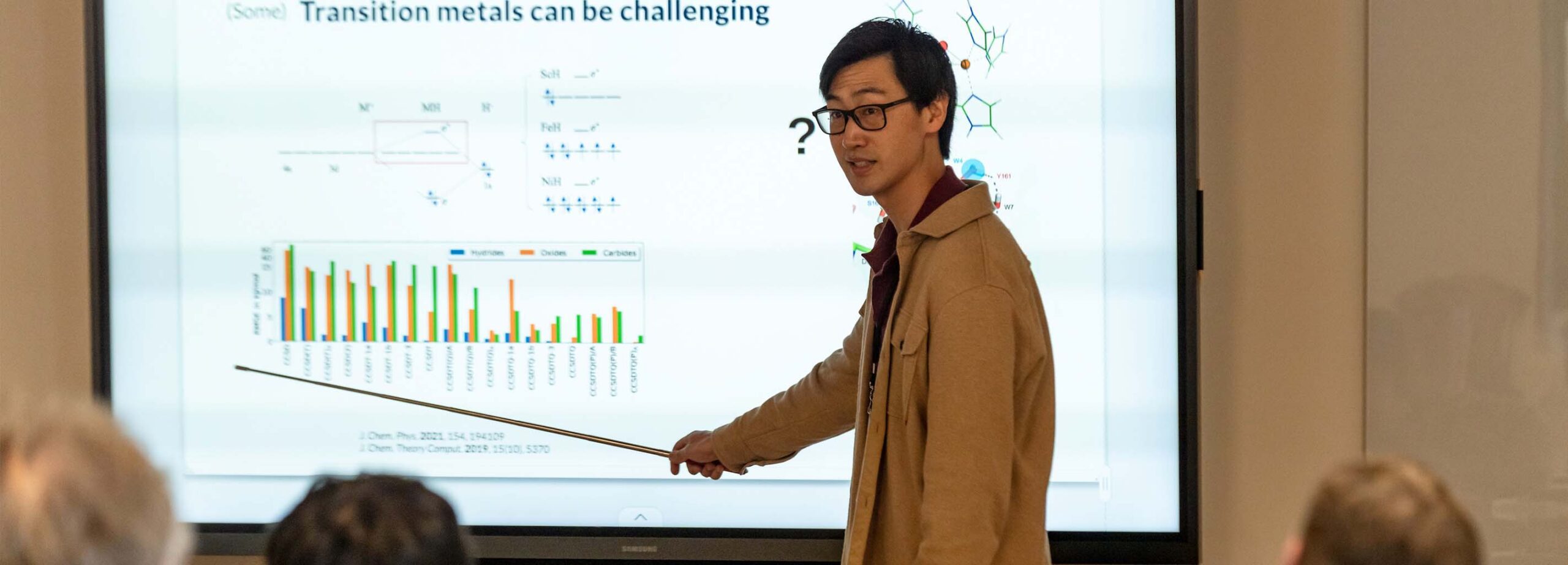
Telluride Science is pleased to offer scholarships to emerging scientists. Please see below for more information and note that these fellowships are limited, and Telluride Science cannot guarantee their availability.
Philosophical Magazine C Fellowships for Telluride Science Quantum Science Workshops in 2025
In celebration of the International Year of Quantum Science in 2025, Philosophical Magazine Part C will provide a $500 stipend to cover registration fees for selected PhD students or postdoctoral researchers attending a Telluride Science workshop regarding the topic of Quantum Science. As one of the oldest scientific journals in continuous publication since 1798, Philosophical Magazine has a rich history of reporting foundational discoveries in quantum theory, including:
Up to four competitive fellowships will be awarded in 2025. Nominations must be submitted to Prof. Eric Bittner at bittner@uh.edu by May 15, 2025. Recipients will be invited to submit a paper or research report to Philosophical Magazine Part C based on the work to be presented at the Telluride Science workshop.
R. Stephen Berry Early-Career Fellowship
Following Steve’s passing on July 26, 2020, Telluride Science established the R Stephen Berry Early-Career Fellowship. Upon founding Telluride Science with Peter Salamon in 1984, Steve always made sure to include scientists in various stages of their career with the understanding that more minds from different perspectives are likely to bring about answers more quickly and more creatively than a homogenous group. In honor of Steve’s commitment to the participation of postdoctoral scholars at Telluride Science, the R. Stephen Berry Early-Career Fellowship will cover registration and up to $500 for meeting expenses for awarded postdoctoral or early-career researchers.
Any Telluride Science participant may nominate a postdoc or early-career scientist, or a scientist may nominate themselves. Nominations must be sent to the workshop organizer, who should then contact Telluride Science Executive Director, Mark Kozak, by email or by phone, 970-708-4426, to formally nominate a scientist for a fellowship. The deadline for the formal nomination is March 1st. These fellowships will be competitive, and Telluride Science cannot guarantee availability. Contact Mark Kozak for more information.